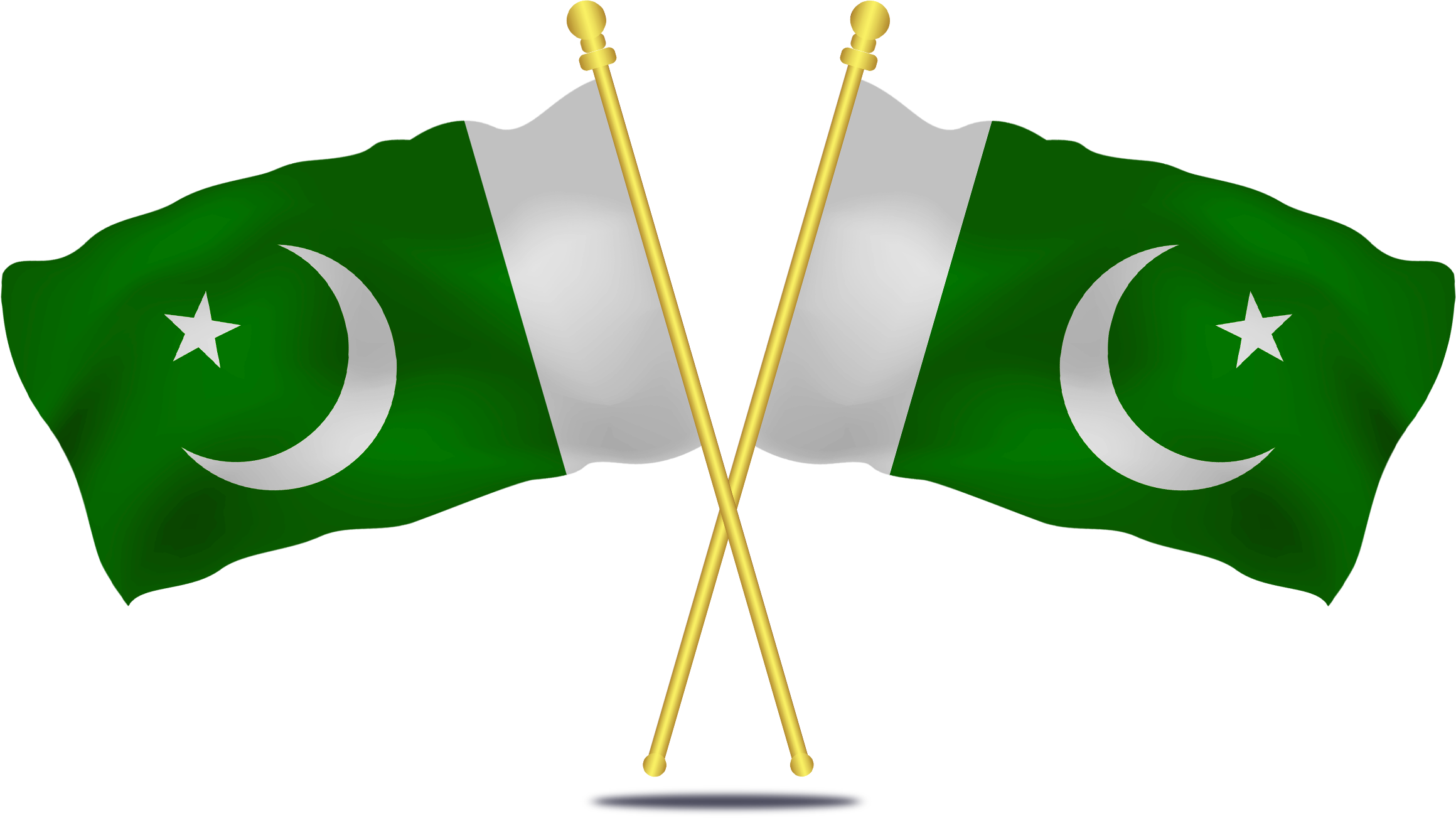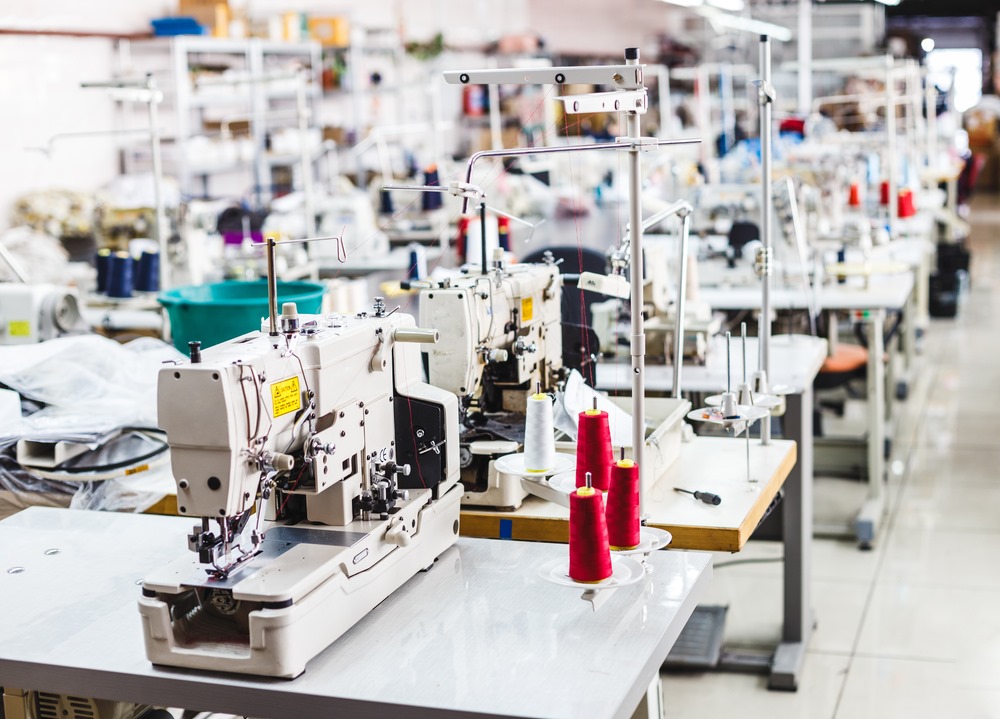Pakistan's textile and apparel manufacturing is the country's largest industry, accounting for 65% of merchandise exports and employing 45% of the labor force. Cotton and cotton-based products make up 61% of export earnings. By 2010, the spinning capacity reached 15 million spindles, and textile exports hit $15.5 billion. Pakistan, the 8th largest textile exporter in Asia, contributes 8.5% to GDP and is the 4th largest cotton producer with the 3rd largest spinning capacity in Asia. The industry includes 1,221 ginning units and 442 spinning units. In 2020, textile exports totaled $6.04 billion, a 4.88% increase from the previous year. Cotton is the main fiber, with synthetic fiber, filament yarn, art silk, wool, and jute also produced. Skill development is a focus, with institutes like TIP, PRGTII, and PIFD playing a crucial role.
















